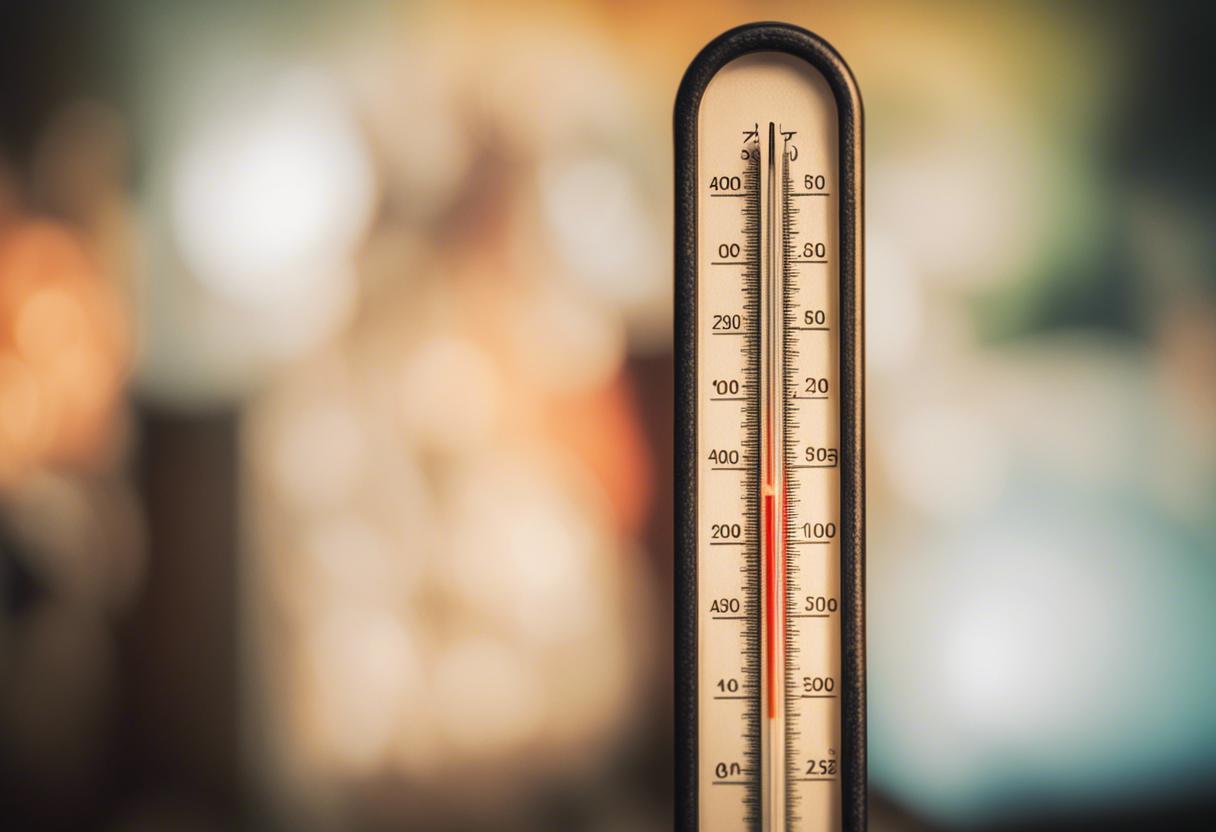Climate change could cause a considerable rise in the number of people in Ireland dying from both scorching heat and severe cold, according to a comprehensive study from the Lancet Public Health journal. At present, around 30 people die each year in Ireland because of heat, however, this number could surge to as many as 563 annual deaths with a 3-degree temperature increase by 2100. Presently, cold-related deaths in Ireland are approximately 3,974, a figure that is forecasted to almost double to 7,696, largely due to the country’s ageing population.
The research shows the potential for heat-caused fatalities to triple across Europe, greatly impacting the southern parts of the continent. An analysis of data primarily from 854 European cities, including Dublin, proposes that as populations grow older in many European nations over the coming years, this phenomenon will likely intensify. Even in the face of warming climate trends, Ireland won’t be exempt from this, particularly in scenarios in which average worldwide temperatures rise by three degrees this century, as modelled by more severe climate change predictions.
Currently, cold claims about eight times more lives than heat in Europe, but this proportion is forecasted to significantly reduce by the end of the century, yet this change is not anticipated for Ireland. The research estimates that, at present, extreme temperatures claim the lives of 407,538 people in Europe per annum, with 363,809 due to cold and 43,729 due to heat.
A gradual decrease in cold-related winter deaths is projected by the end of the century while heat-related fatalities are set to rise across all of Europe, with the most pronounced increases in the southern regions. Areas expected to be hit hardest include Spain, Italy, Greece, and parts of France. The report emphasises the necessity to reinforce measures to curb global warming, in order to protect society’s most vulnerable members and regions from the impact of escalating temperatures.
Europe has recently endured some of its most sweltering summers, coinciding with high death rates. Overall, given a three-degree global warming – an extreme estimate based on existing climate policies – by the close of the century, Europe’s heat-related death toll could rise from 43,729 to 128,809. Cold-related deaths, currently far surpassing heat-related deaths, are expected to stay high but slightly decrease from 363,809 to 333,703 by 2100.
Dr Juan-Carlos Ciscar, affiliated with the Joint Research Centre of the European Commission, has noted significant shifts in the proportion of deaths due to heat and cold as we progress through this century. As per his findings, death tolls related to heat exposure are set to surge across Europe.
These findings, based on studies covering 1,368 European regions across 30 separate nations, indicate disparities in the present-day mortality rate due to varying temperature levels. If the global warming trend continues and temperatures increase by another 3 degrees, the model suggests an accompanying 13.5% increase in temperature-associated fatalities, amounting to an additional 55,000 deaths annually. The increase is primarily due to a rise in heat-related deaths, predominantly amongst individuals aged 85 and above.
Despite most regions expecting moderate decreases in deaths due to cold, there’s an anticipated spike in such cases in Ireland, with numbers nearly doubling, as well as Norway and Sweden. These increases correlate with a higher population of those aged 85 years and over in the future.
TU Dublin’s Prof. Patrick Goodman commented on Ireland’s situation particularly, noting that while winter deaths currently overshadow those occurring in the summer, heatwaves can lead to spikes in the death toll. With Ireland’s rising elderly population, he warns of more individuals being placed at risk. Goodman also hinted at possible additional fatalities due to unexpected extreme heat events, which are not considered in the current projection.

